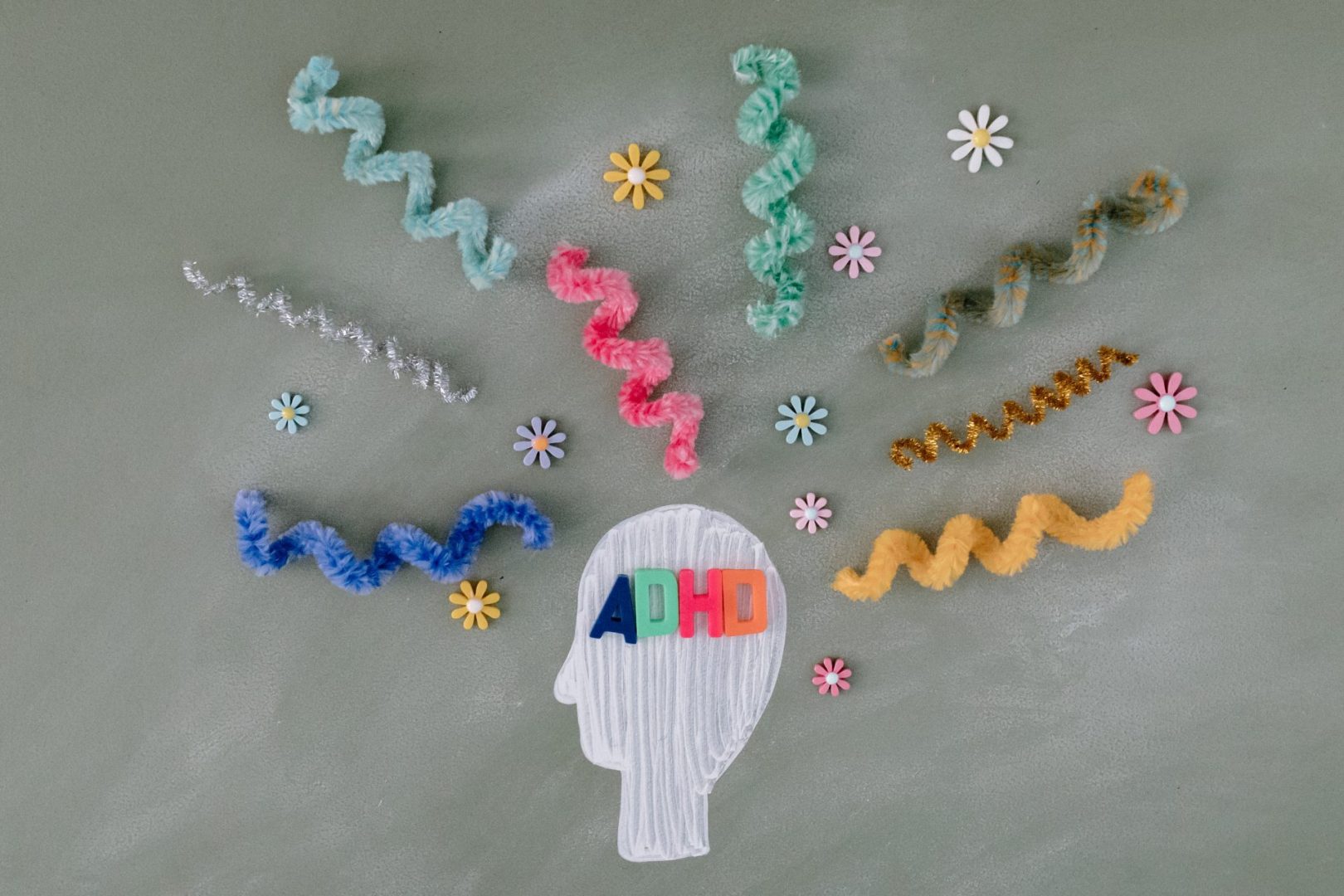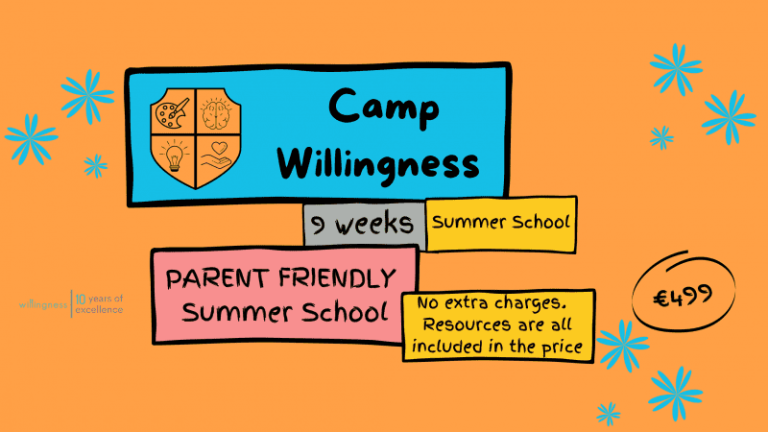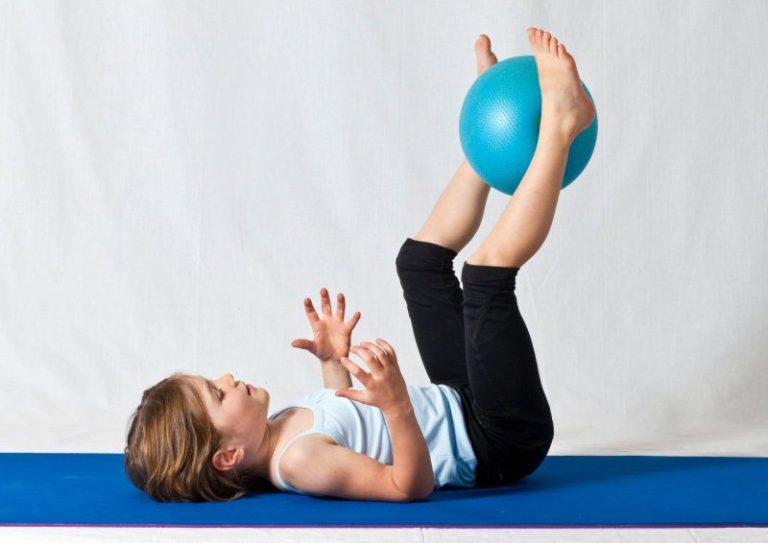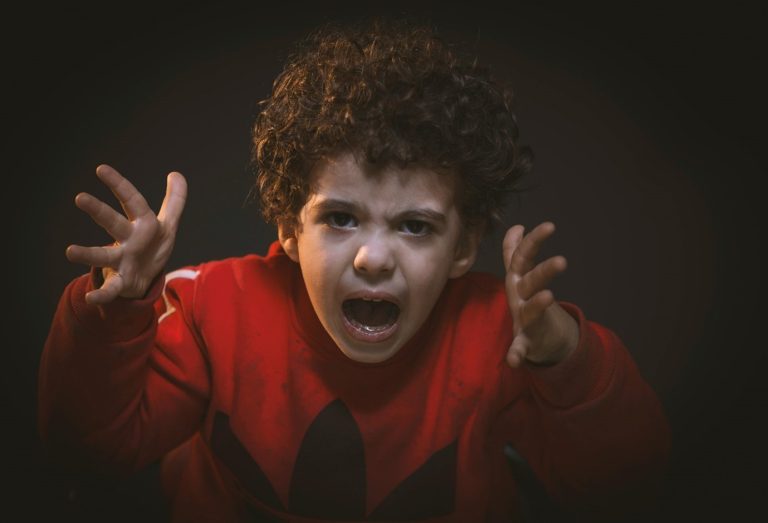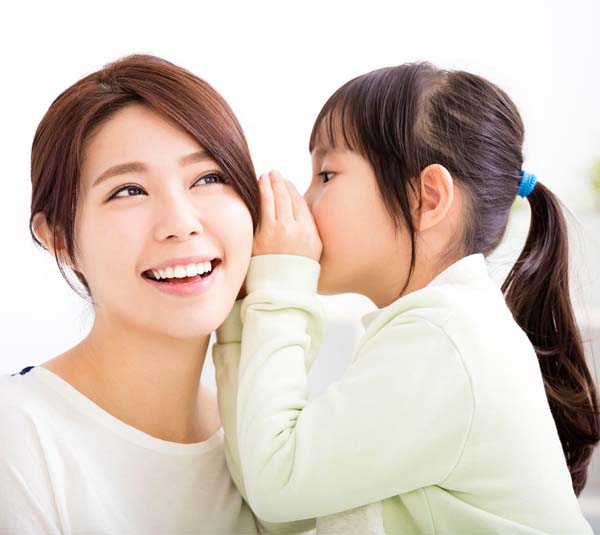Kids with ADHD: What You Need to Know
Attention-deficit/hyperactivity disorder (ADHD) is a common condition that affects millions of children around the world. It can cause problems with attention, impulsivity, hyperactivity, self-esteem, relationships, and academic performance. But with proper diagnosis and treatment, children with ADHD can learn to manage their symptoms and succeed in life.
What are the signs and symptoms of ADHD in children?
ADHD symptoms usually start before age 12, and can vary depending on the subtype of ADHD:
Predominantly inattentive
The child has difficulty staying focused, paying attention, following instructions, organizing tasks, and avoiding distractions. He or she may appear to be daydreaming, forgetful, or careless.
Predominantly hyperactive/impulsive
The child has difficulty staying still, controlling impulses, waiting for his or her turn, and respecting boundaries. He or she may be fidgety, restless, talkative, interruptive, or intrusive.
Combined
The child has a mix of inattentive and hyperactive/impulsive symptoms.
Not all children with ADHD have the same symptoms or the same severity of symptoms. Some children may have more problems with attention, while others may have more problems with hyperactivity or impulsivity. Some children may also have other conditions that co-occur with ADHD, such as learning disabilities, anxiety, depression, or oppositional defiant disorder.
How is ADHD diagnosed in children?
There is no single test for ADHD. To diagnose ADHD, a doctor or a mental health professional will evaluate the child’s behavior and development using various sources of information, such as:
– Parent and teacher reports
– Behavior rating scales
– Psychological tests
– Medical exams
– Observation
The diagnosis of ADHD is based on the criteria from the Diagnostic and Statistical Manual of Mental Disorders (DSM-5), which requires that:
– The child has at least six symptoms of inattention and/or hyperactivity/impulsivity that have been present for at least six months
– The symptoms are inappropriate for the child’s developmental level and interfere with his or her functioning in at least two settings (such as home and school)
– The symptoms are not better explained by another mental disorder or medical condition
How is ADHD treated in children?
There is no cure for ADHD, but treatment can help reduce the impact of the symptoms on the child’s life. Treatment typically involves a combination of medication and behavioral interventions.
Medication
Stimulants are the most commonly prescribed medications for ADHD. They work by increasing the levels of certain chemicals in the brain that help regulate attention and activity. Stimulants can improve the child’s focus, concentration, impulse control, and hyperactivity. However, stimulants also have potential side effects, such as decreased appetite, insomnia, irritability, mood swings, and increased blood pressure. Non-stimulant medications are also available for children who do not respond well to stimulants or who have other medical conditions that make stimulants unsafe.
Behavioral interventions
These are strategies that aim to change the child’s behavior by modifying the environment, teaching skills, reinforcing positive behaviors, and discouraging negative behaviors. Behavioral interventions can be implemented by parents, teachers, or therapists. Some examples of behavioral interventions are:
– Setting clear rules and expectations
– Providing structure and routines
– Breaking down tasks into smaller steps
– Using visual aids and reminders
– Giving frequent feedback and praise
– Using rewards and consequences
– Teaching coping skills and problem-solving skills
– Providing opportunities for physical activity and relaxation
What can parents do to help their child with ADHD?
Parenting a child with ADHD can be challenging and stressful. But there are many things parents can do to support their child’s development and well-being:
– Learn as much as you can about ADHD and how it affects your child
– Seek professional help for your child’s diagnosis and treatment
– Communicate regularly with your child’s teachers and health care providers
– Be consistent and positive in your parenting style
– Establish a daily routine and structure for your child
– Help your child with homework and organization skills
– Encourage your child’s strengths and interests
– Provide your child with love, acceptance, and encouragement
If you think that you can benefit from professional support on this issue you can reach out here.
Ahmed Elsaadani is a trainee psychosexual and relationship therapist offering psychotherapy to individuals and couples who face problems their sexual life due to psychological impact or relational problems. He is in training with London diploma for psychosexual and relationship therapy.
References:
Attention-deficit/hyperactivity disorder (ADHD) in children – Symptoms and causes – Mayo Clinic. (n.d.). Retrieved from https://www.mayoclinic.org/diseases-conditions/adhd/symptoms-causes/syc-20350889
ADHD in Children – HelpGuide.org. (n.d.). Retrieved from https://www.helpguide.org/articles/add-adhd/attention-deficit-disorder-adhd

